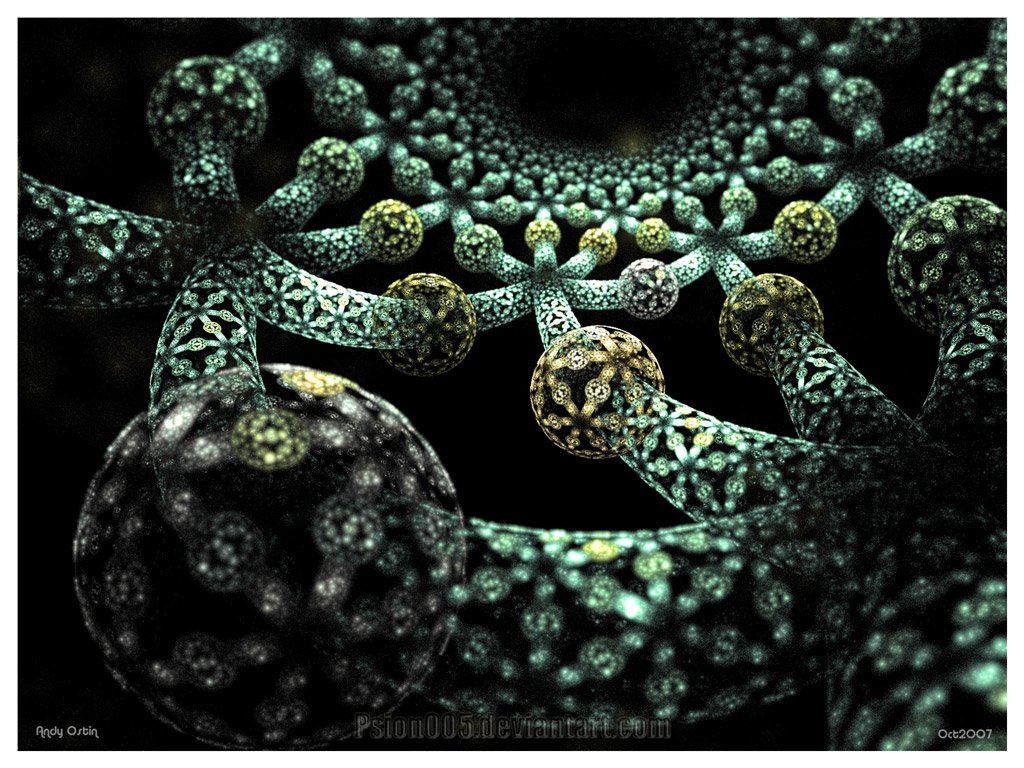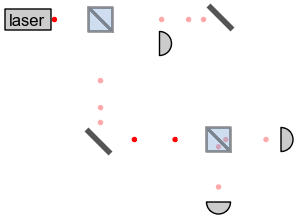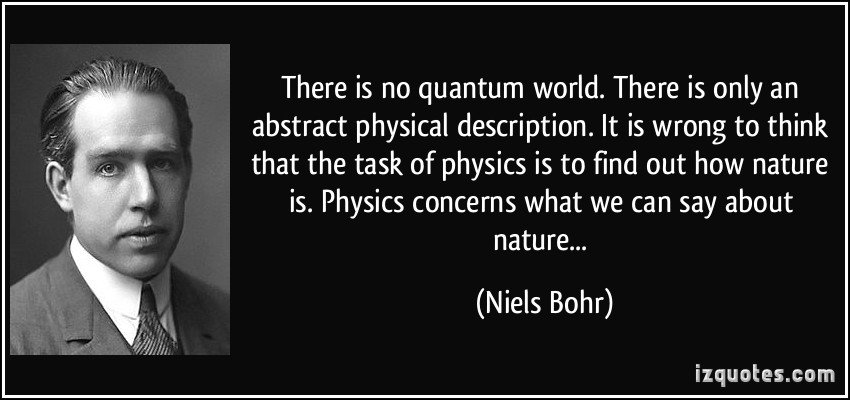
Between 1900 and 1930, physics underwent a major revolution with the rise of quantum mechanics, the strange new physics of atoms and particles.

Quantum mechanics changed the accepted boundary between the possible and the impossible in unexpected ways. This is the story of the origin of quantum mechanics and a few of its seemingly paradoxical ideas.
Quantum physics is the physics of the microscopic world, the physics of atoms and photons and the elementary constituents of matter.

Quantum physics determines the sizes of atoms and the fundamental units of energy, which sets the fundamental scale of nature.
In the entire history of modern science, quantum physics is the most wholesale revision of our ideas and mankinds web of beliefs.

Quantum theory was devised by physicists struggling to explain experimental facts that seemed on the basis of classical physics to be almost impossible.
During the 19th century, physicists built up a very successful picture of the world based on Newton’s laws of motion, thermodynamics, and electromagnetism.

They knew that matter is composed of tiny atoms, although they could not yet measure their size. They considered light a wave a moving, oscillating disturbance of an electromagnetic field. Matter had been quantized but light and energy had not.
Around 1900, this picture began to fall apart...
END PART 1
